Rodney Dangerfield
Rodney Dangerfield tapped an enduringly rich vein of comedy gold when he created his stage persona as a middle-aged everyman who got no respect.
Dangerfield's successful comeback as a stand-up comic in the 1960s when he was in his 40s made him a familiar figure on television, in movies, and on Vegas and comedy-club stages for more than three decades.
Standing on stage in his trademark black suit, the bug-eyed Dangerfield was always the picture of sweaty unease, nervously tugging at his red tie as he delivered his sharply timed, self-deprecating lines.
In an hourlong performance, Dangerfield would do about 325 jokes, his stream-of-consciousness delivery and lovable loser persona combining to create one of comedy's most recognizable icons whose appeal spanned the generation gap.
At 19, he got a gig in the Catskills, the mountain resort area north of New York City — 10 weeks at $12 a week, plus room and board — and he legally changed his name to Jack Roy. He also was hired as a singing waiter at the Polish Falcon nightclub in Brooklyn, where Lenny Bruce's mother, Sally Marr, was the emcee. Earning $20 to $30 a week for three nights' work, he considered it his first break in show business.
After two years as a comic, Dangerfield was earning about $150 a week. But it was a constant struggle, and after working a series of what he termed "dumps," he gave up show business at 28 to marry Joyce Indig, a 23-year-old singer, "and lead a normal life."
It was while going through his divorce in 1962, a time when he was $20,000 in debt and living in a seedy New York hotel, that the 40-year-old Dangerfield decided to give stand-up comedy another shot.
It was slow going at first. The turning point came in 1967, when Dangerfield's agent arranged an audition for him with Ed Sullivan, whose Sunday night variety show was the premier television showcase for performers. Sullivan liked what he saw.
Dangerfield had been talking about how nothing goes right for him — a topic that perfectly suited his hang-dog, been-through-the-wringer demeanor. But before making the fourth of his 16 appearances on the Sullivan show, he recalled that the gangsters he saw in the clubs he worked at always talked about getting or not getting respect. The phrase, "I don't get no respect," would become the unifying theme of his act.
When he next appeared on the Sullivan show, he tried out a joke that defined his new comedy image: "When I played hide-and-seek, they didn't even look for me."
Related stars
|
|
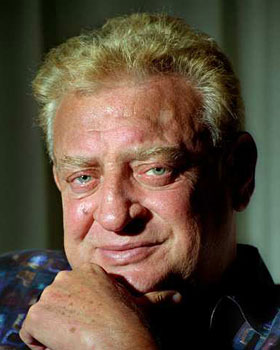
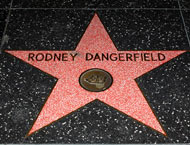
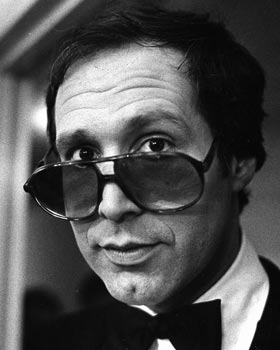
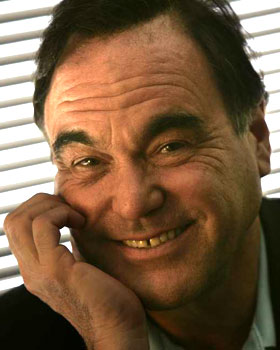
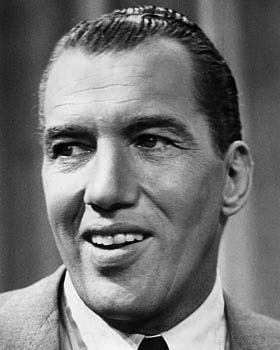
Three thoughts about Rodney Dangerfield
Share a thought about Rodney Dangerfield